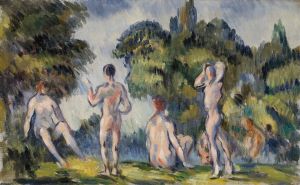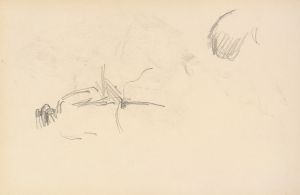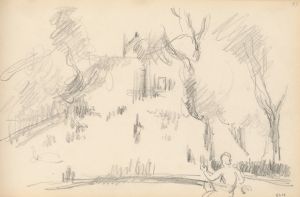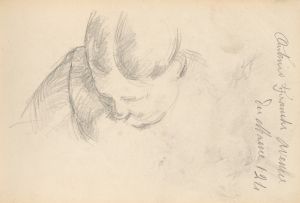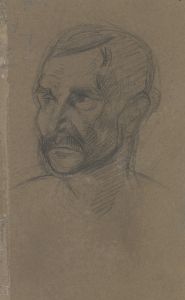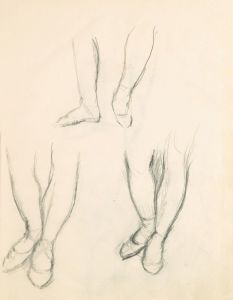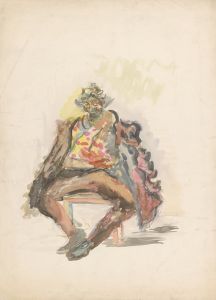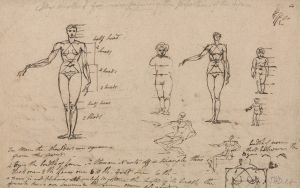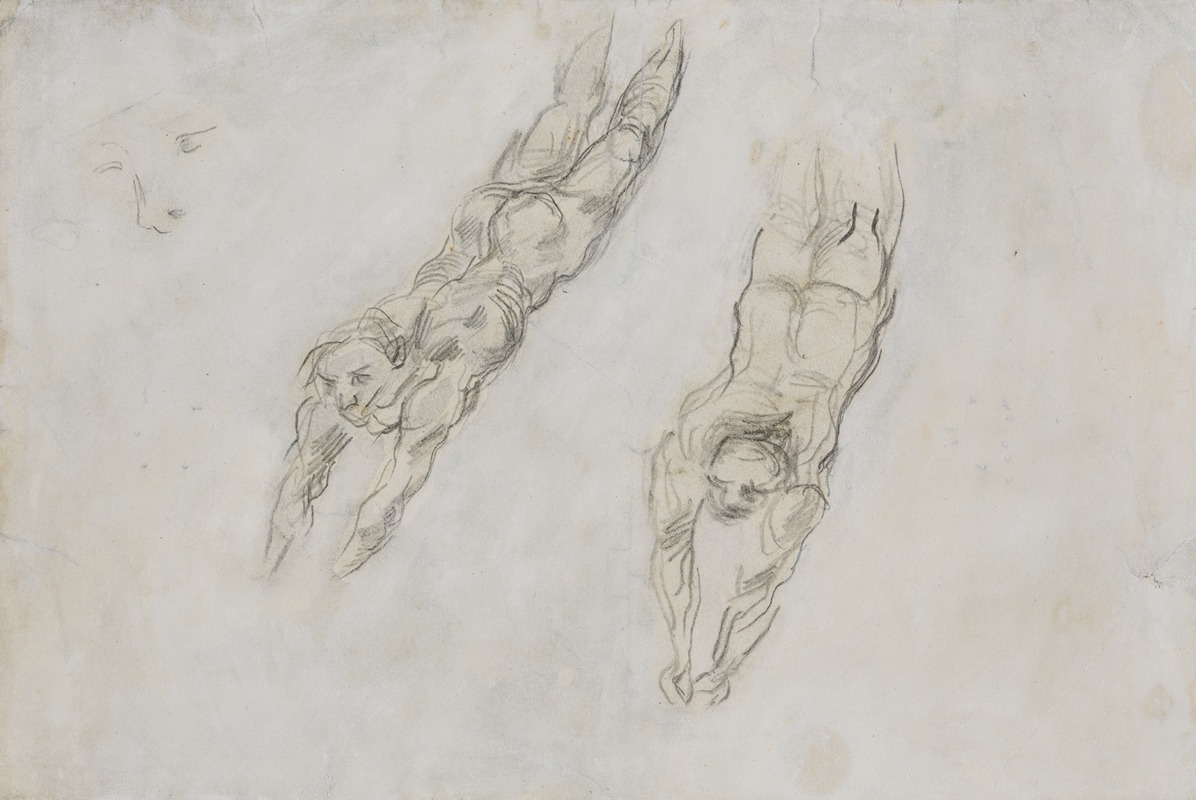
Study of Nudes Diving
A hand-painted replica of Paul Cézanne’s masterpiece Study of Nudes Diving, meticulously crafted by professional artists to capture the true essence of the original. Each piece is created with museum-quality canvas and rare mineral pigments, carefully painted by experienced artists with delicate brushstrokes and rich, layered colors to perfectly recreate the texture of the original artwork. Unlike machine-printed reproductions, this hand-painted version brings the painting to life, infused with the artist’s emotions and skill in every stroke. Whether for personal collection or home decoration, it instantly elevates the artistic atmosphere of any space.
"Study of Nudes Diving" is a painting by the French artist Paul Cézanne, who is often regarded as one of the most influential figures in the transition from 19th-century Impressionism to 20th-century Cubism. Cézanne's work laid the foundation for the modern art movement, and his innovative approach to form, color, and composition has been widely studied and admired.
Paul Cézanne was born on January 19, 1839, in Aix-en-Provence, France, and he spent much of his life in this region. His early works were influenced by the Romanticism of Eugène Delacroix and the Realism of Gustave Courbet, but he gradually developed his own distinctive style. Cézanne's exploration of geometric simplification and optical phenomena inspired many artists, including Pablo Picasso and Henri Matisse.
"Study of Nudes Diving" is one of Cézanne's many works that focus on the human figure. Throughout his career, Cézanne was fascinated by the challenge of depicting the human body in a way that conveyed both its physical presence and its underlying structure. This painting, like many of his studies of nudes, reflects his interest in capturing the dynamic movement and form of the human body.
The painting depicts a group of nude figures diving into water, a theme that Cézanne revisited multiple times in his career. The figures are rendered with a sense of solidity and weight, emphasizing their three-dimensional form. Cézanne's use of color is also notable; he employs a palette of muted tones to create a harmonious composition that draws the viewer's eye across the canvas.
Cézanne's approach to painting nudes was unconventional for his time. Rather than idealizing the human form, he sought to represent it in a more naturalistic and honest manner. This often involved a meticulous study of his subjects, with an emphasis on the underlying geometric shapes that make up the human body. In "Study of Nudes Diving," this approach is evident in the way the figures are constructed from a series of interlocking planes and volumes.
The painting also reflects Cézanne's broader artistic concerns, particularly his interest in the relationship between form and space. By placing the figures in a natural setting and depicting them in motion, he explores the interaction between the human body and its environment. This focus on the spatial context of the figures is a hallmark of Cézanne's work and a key aspect of his contribution to modern art.
"Study of Nudes Diving" is a testament to Cézanne's enduring influence on the art world. His innovative techniques and dedication to exploring new ways of seeing have inspired countless artists and continue to be studied and admired today. The painting is a prime example of his ability to capture the essence of his subjects while pushing the boundaries of traditional artistic conventions.
In summary, "Study of Nudes Diving" by Paul Cézanne is a significant work that exemplifies the artist's unique approach to depicting the human figure. Through his use of color, form, and composition, Cézanne created a dynamic and harmonious representation of nudes in motion, reflecting his broader artistic concerns and his lasting impact on the development of modern art.






